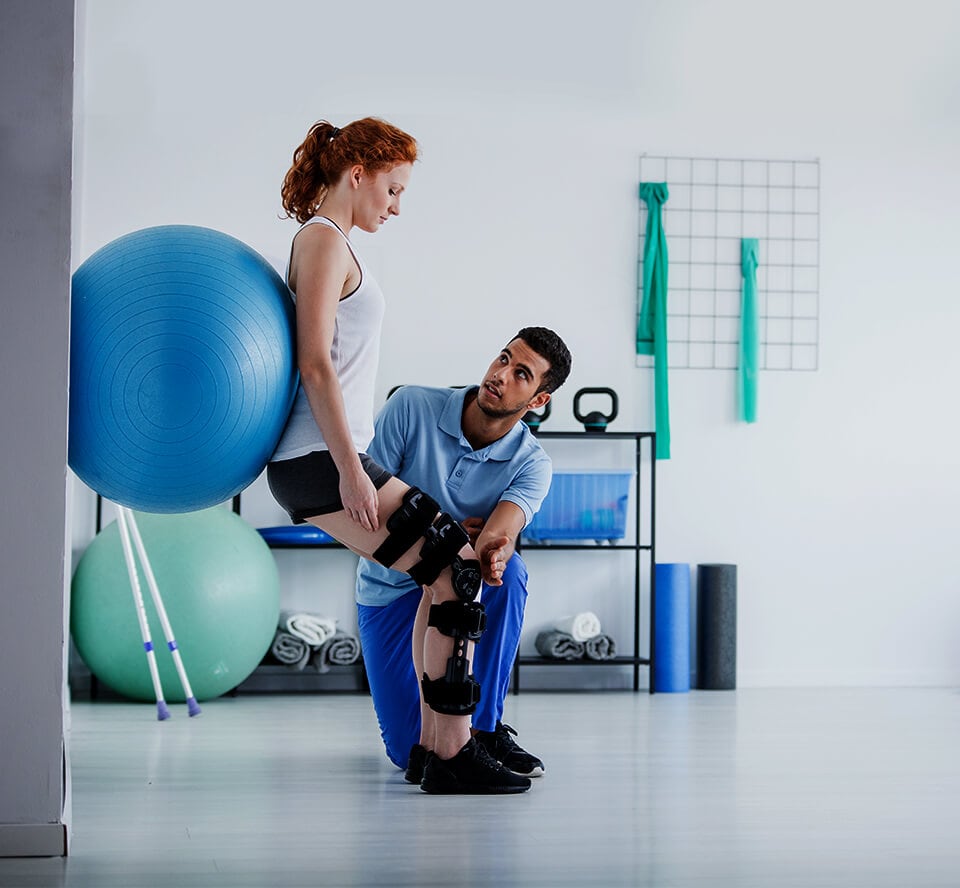Efficient Methods for Alleviating Dyspnea in Physiotherapeutic Therapy Appointments
Efficient Methods for Alleviating Dyspnea in Physiotherapeutic Therapy Appointments
Blog Article
Dyspnea, or trouble respiration, is a common issue that many people face, especially those with chronic lung conditions, heart problems, or other medical concerns. In physical therapy sessions, addressing dyspnea is crucial for helping clients improve their overall quality of life. By utilizing specific techniques and strategies, physical therapists can assist patients in controlling their respiratory difficulties. Grasping these effective approaches can empower both therapists and patients to work together more effectively in overcoming challenges related to dyspnea.
One of the primary techniques used to alleviate breathing difficulties in physical therapy is the application of regulated breathing activities. These exercises often focus on diaphragmatic breathing, which encourages patients to use their diaphragm rather than their upper chest muscles when inhaling. This method helps to maximize lung volume and effectiveness. Additionally, pursed lip breathing is another approach that can be beneficial. This method requires breathing in through the nose and breathing out slowly through compressed lips, which can help to keep airways open longer and make breathing feel more manageable. By including these activities into therapy sessions, physical therapists can provide patients with tools to manage their dyspnea both during and beyond of their sessions.
Another important aspect of managing dyspnea in physical therapy is the development of an personalized exercise program. Tailoring exercises to meet the individual needs and capabilities of each patient is essential. Therapists should slowly integrate aerobic exercises, such as walking or cycling, in a controlled manner, allowing patients to develop their endurance over time. This incremental method helps patients to feel more comfortable with physical activity while at the same time improving their lung capability and overall endurance. It is important for therapists to monitor patients carefully during these activities to ensure they are not overworking themselves, which could result to greater difficulty of breath.
Teaching also plays a significant role in reducing dyspnea during physical therapy appointments. Providing patients with knowledge about their condition and the mechanisms behind breathing difficulties can empower them to take charge of their health. Therapists can explain how elements like anxiety, posture, and environmental conditions can influence breathing. By understanding these concepts, patients can learn to manage their issues more effectively. Techniques such as stress reduction methods and proper body posture can further assist in reducing the effects of dyspnea during daily activities and therapy sessions.
In conclusion, successfully alleviating breathing difficulties in physical therapy appointments involves a mix of breathing exercises, personalized exercise programs, and patient teaching. By applying these effective methods, physical therapists can assist patients control their breathing difficulties and improve their overall health. Working together between therapists and patients is essential to create customized interventions that meet individual needs. With the right support and techniques, patients can find relief from dyspnea and engage more fully in their physical therapy journey, ultimately leading to a better quality blog of life.